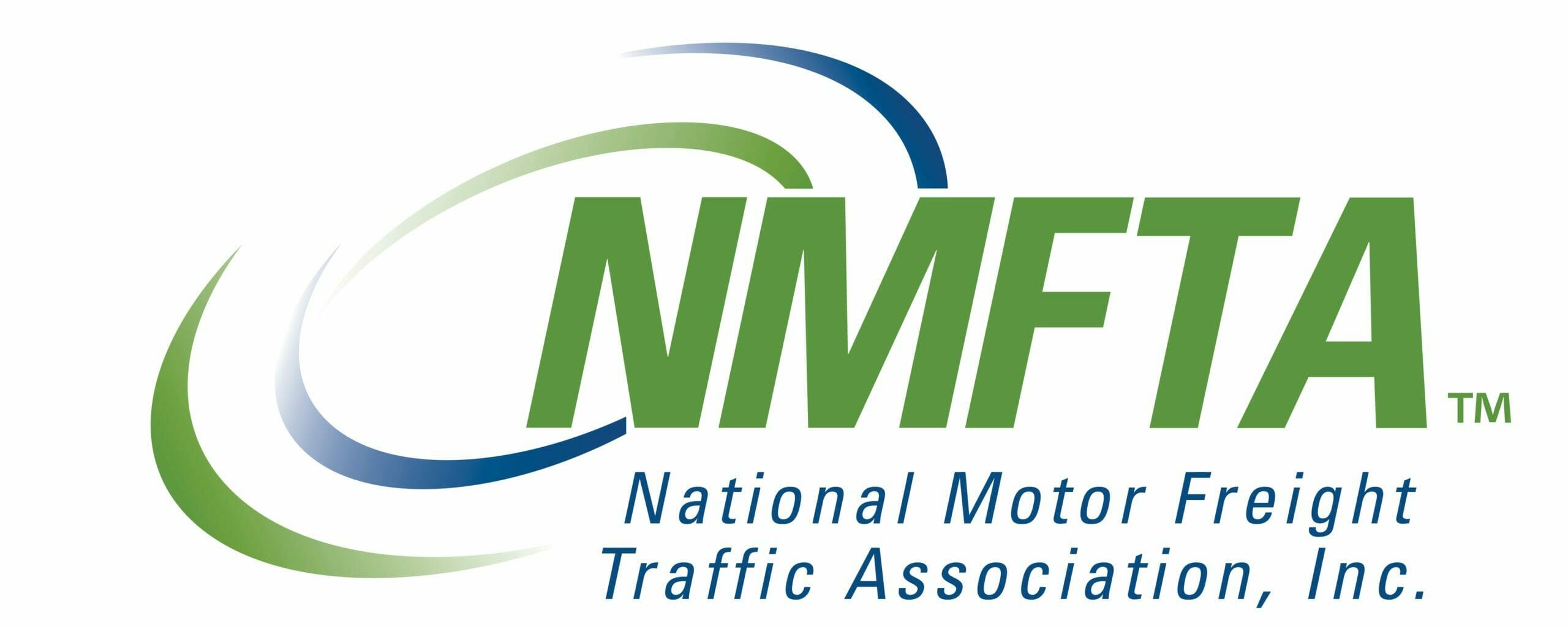The world, it seems, is ruled by big data. It’s the mass of information coming together, but impossible for humans to process – which is why we rely on computers to make sense of it, store it and process it.
Whether we’re talking about the data used on security cameras, or the data that tracks all the traffic going across a factory floor, or the data that chronicles how a piece of equipment is changing over time – big data is having a big impact on every industry.
But alongside big data is another kind of data we desperately need, and don’t have enough of. It’s called little data. And without it, it’s extremely difficult to turn that big data into actionable insight.
During NMFTA’s recent webinar, Perygee CEO Mollie Breen shared with participants why little data is so critical, and how we can ensure we have enough of it.
What is little data? The best way to answer that is probably to offer an example:
Let’s say big data detects a new vulnerability to your system. Before you address it, you would want to know: Does your current vendor support patching the device? That’s little data, and you don’t find it in a massive, powerful database. You find it in the vendor contract.
That’s where little data lives. It lives in contracts in file cabinets. It lives on spreadsheets. It lives in PDFs stored on people’s laptops. It lives in people’s e-mails. It lives in piles on their desks.
This really came to life in a recent situation at Allen-Bradley. The company’s computer network surfaced a vulnerability in the form of an unknown device that had connected to the network. This is what big data does.
But once the vulnerability was detected, everything after that relied on little data. Where was the device located? In a corner of the factory floor? In the parking structure? Who owned it? And if the company’s vendor needed to get involved, who had its contact information?
Little data is critical. But it’s very hard to deal with for three primary reasons:
1. It’s disparate. Little data lives in lots of different silos. Sometimes that means various operating systems. It can be on various web sites, or in individuals’ e-mail inboxes, or in piles of paper. When you need information that’s only available from little data, it sometimes takes a lot of time and effort to track it down.
2. It’s unstructured. Try getting an Excel spreadsheet and an Adobe PDF to talk to each other. It doesn’t happen. You have to turn one into the other first. Or consider what happens if you ask various parties about the location of something. One might understand that to mean a physical or geographic place. Another person might say, “Line 2.” When the same exact term can mean such different things, it becomes very difficult to unify your data.
3. It’s undocumented. There is very little process in place for how to deal with little data, and much of it only lives in people’s memories. There might be a guy named Joe who knows intuitively where certain information is but it’s not written down anywhere that anyone else can find it. If Joe retires or goes on vacation, everyone else is in trouble.
Little data needs documentation and structure.
Breen offered a model for how any enterprise can implement best practices when it comes to little data:
Plan: Pick a single process to improve and map out what data you need ahead of time. Take into consideration data that’s currently being collected and analyzed, as well as missing or unrepresented data.
Integrate: Integrate systems to work off shared data as much as possible. Employ systems that are flexible and easy to use.
Embed: Embed data collection in your processes so it can scale over time. Make sure it’s accessible to different stakeholders, not just IT. And have permissions for who can read, write and edit. Sometimes permissions can come with a stereotype that you’re keeping people out, but Breen said she thinks of permission as an accelerator.
Refresh: Create a community channel or recurring meeting to identify new or improve existing little data collection. Promote growth across new data, technologies and people.
Breen offered two case studies, one in which little data best practices are in place and one in which they are not. First, the not:
Operations reaches out to the network team to get a new IoT/OT device on the network the same day. The new device is discovered by security teams, who scramble to understand how it got there and whether it is from a pre-approved vendor. This creates a bottleneck as they scurry to find out who the owner is. It slows down the adoption of new technology and day-to-day operations of the business.
Now the good one:
New IoT/OT assets are requested via a standardized form (not e-mail), which is integrated across networking, security and operation systems. Any time a system goes down, there is a one-stop shop for critical information that can help contextualize the situation. No one freaks out at the appearance of the new device, and you can more quickly add new OT assets with faster response time.
Big data is not enough, but companies need to know how to make the best use of little data. Breen’s presentation provided some excellent insight on how to do so.
If you missed it, you can see it here.
If you’d like to attend NMFTA’s Digital Solutions Conference, you can register here.






